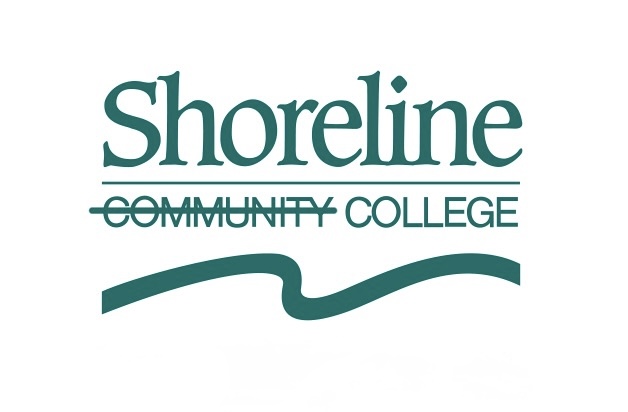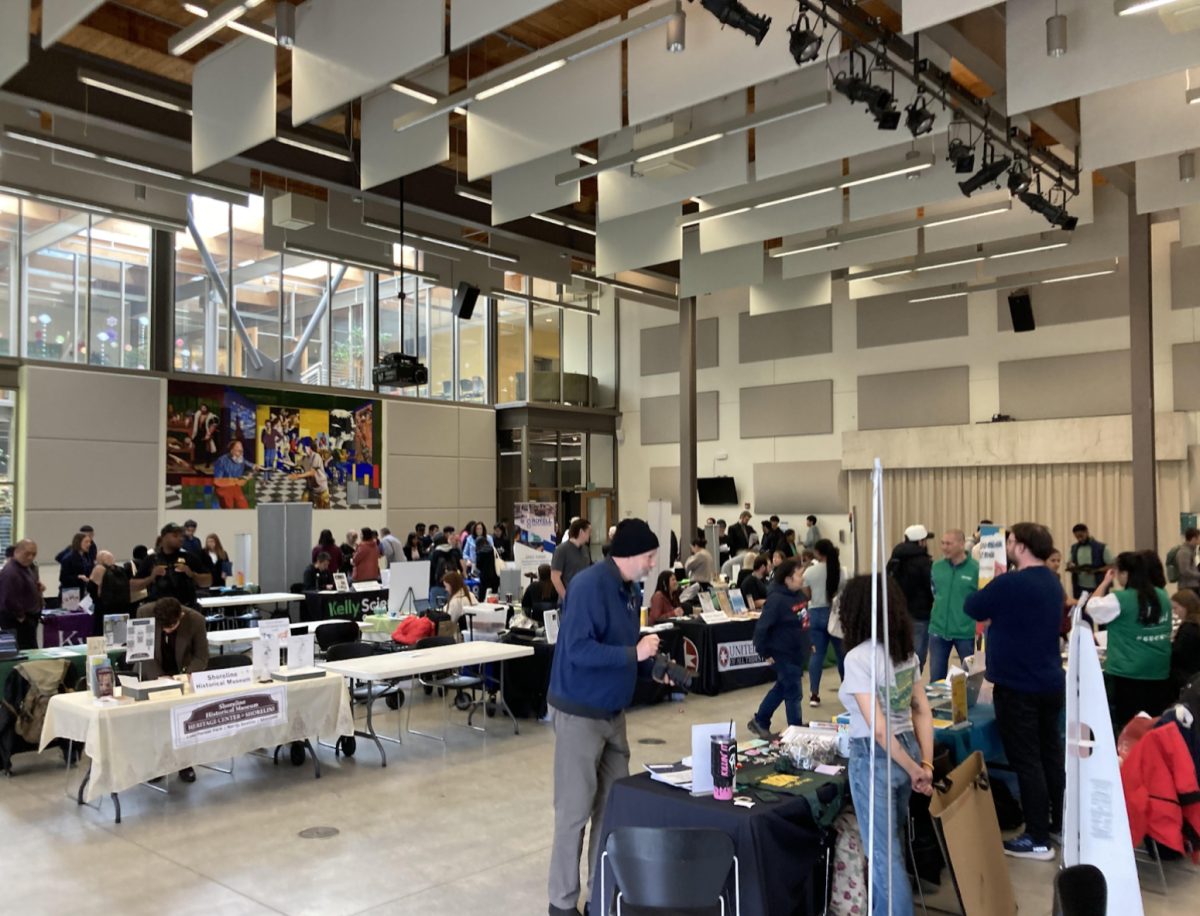We all know about recycling, but what about the other R’s: reduce and reuse? Reducing and reusing items cuts down on consumerism and keeps even more items out of the landfill. Consider these ways to reduce your carbon footprint and most likely save money along the way.
Buy Recycled or Used: If you must buy a new item, look it at thrift store or for a version made from recycled materials.
Avoid Single Use: Most things that are single use have an alternative. One example would be to use cloth napkins instead of paper towels.
Bulk Up: Buy in bulk to reduce packaging; you can even bring reusable glass containers to the grocery store for filling up on items such as oatmeal and candy.
Reuse Recyclables: Even if a thing is recyclable, that doesn’t mean it has to be chucked away right after its first use. Save boxes and packaging material to use more than once or use items such as newspapers to wrap gifts and polish windows.
Buy Durable: Purchase items that will have a long life — like quality leather shoes that can be resoled. Having durable stuff will save you money in the long run.
Cut Paper Use: Use electronic billing for paperless payments and notices. It seems small, but can add up over time.
Rent It: For infrequently used items, look into renting them: This reduces your footprint and can be cost effective.
Use Social Media: There are several sites and apps where used items can be sold privately — such as Offer Up. Also well-used are the ‘Buy Nothing’ groups on Facebook; the Seattle area has a group for each neighborhood where items are offered for free. Once an item is posted, individuals can comment on it to express interest; then the original poster selects a recipient and it is up to the chosen person to schedule pickup of the item.







